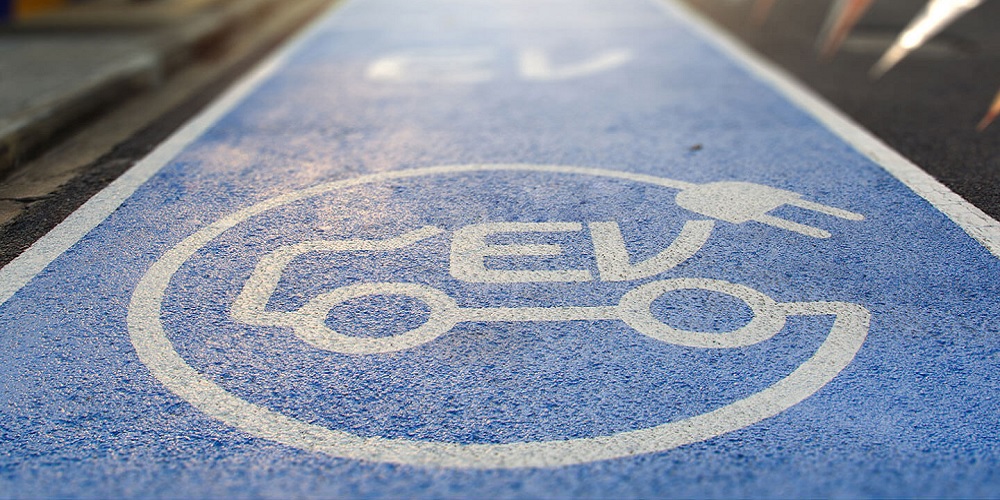5 ways a green fleet helps environmental sustainability in government

Going green is no longer a far-off luxury but a real and present necessity. North America’s public fleets have become increasingly involved with the environmental sustainability of their communities, embracing electric vehicles (EVs) and alternative fuels in pursuit of a greener tomorrow.
Today, nearly two-thirds (32%) of public fleet vehicles run on alternative fuels or the power grid. But many state and local organizations feel paralyzed by the thought of a green transition and are unsure where to begin.
What does it take to transition to a green fleet, and does this transition truly contribute to environmental sustainability?
This article explores the benefits of a green fleet in local or state government applications. It also provides actionable resources to help you transition your fleet over time.
What is a green fleet?
A green fleet is a sustainability-focused collection of vehicles curated to reduce the environmental impact of cars on people, properties, and the planet.
This generally includes:
- EVs: These are for moving passengers, hauling equipment, and more.
- Charging stations: This is specific infrastructure used to support EVs with prompt and convenient charging locations.
- Alternative fuels: Apart from electricity, you can also use hydrogen, natural gas, biodiesel, and ethanol to power your fleet.
- Telematics: Fleets using telematics like GPS tracking software can optimize their EV fleets to further reduce emissions.
Implementing these factors into an ESG plan can help you create a green fleet of your own. This can open the door to future greening initiatives and assist with long-term environmental sustainability.
Five ways that green fleets can improve environmental sustainability for governments
Going green can do a great deal of good for your fleet, your organization, and the people you serve. Here are five ways that you can improve environmental sustainability by transitioning to a green fleet.
1. Reduce CO2 emissions
Transitioning to EVs or alternative fuels can significantly reduce greenhouse gas emissions. In fact, studies show that taking drastic action can reduce carbon emissions by as much as 90% by 2050.
You don’t need to make major changes to your fleet to create a positive environmental impact. Replacing one or two dated vehicles with electric models could reduce fuel dependencies and support future greening initiatives.
2. Cut back on pollution
Avoiding excessive fossil fuels can ensure local environmental sustainability. Rather than relying on more traditional fuels, you can reuse, recycle, or even naturally source certain fuels to lessen the impact of your public fleet.
Keep in mind that a few simple changes can make a positive impact on your state or local agency. A single EV releases 43% fewer emissions than the average diesel vehicle and significantly fewer pollutants over the course of an EV's lifecycle.
3. Create cleaner air
The pollution caused by fossil fuels affects more than just soil and water. Congested cities are also subject to poor air quality, much of which stems from public and private vehicles.
Switching to a greener fleet can make a world of difference in busy metros. In fact, eliminating the pollution caused by fossil fuels could stop up to 50,000 premature deaths in the U.S. alone.
4. Rally with your audience
People look to their governing bodies for direction and inspiration in times of transition. Supporting sustainability initiatives by investing in a green fleet can spur the people of your city to take action.
Establishing greening initiatives for your organization can also provide opportunities for community engagement. Installing new charging stations, for example, can support your fleet while encouraging citizen drivers to make the EV leap.
5. Save funds for other tasks
Green fleets aren’t just about saving the environment—they’re about saving capital too. By saving money on the total cost of ownership and unnecessary fuel costs, you can reallocate other parts of your budget to support green initiatives in your locality.
You can take the annual savings of your green fleet and invest them in solar power or other complementary solutions. If you’re looking for more ways to modernize your fleet, investing in Sourcewell’s competitively-sourced cooperative contracts can help you stay on budget.
How your local or state organization can transition to a green fleet
It’s possible for any-sized government organization to shift over to a green fleet. The biggest hurdle is finding the right resources to facilitate a simpler transition.
These include:
- External consultants and experts
- Public grants and funds
- Cooperative purchasing groups like Sourcewell
You’re welcome to browse cooperative contracts for electric fleets through Sourcewell at any time.
See how easy it is to smoothly adhere to any greening initiatives using Sourcewell’s cooperative purchasing program. Streamline the process by choosing from hundreds of suppliers already on contract. Sourcewell’s procurement experts competitively solicit and award contracts on behalf of 50,000 participating agencies in North America. Check out our contracts here.


